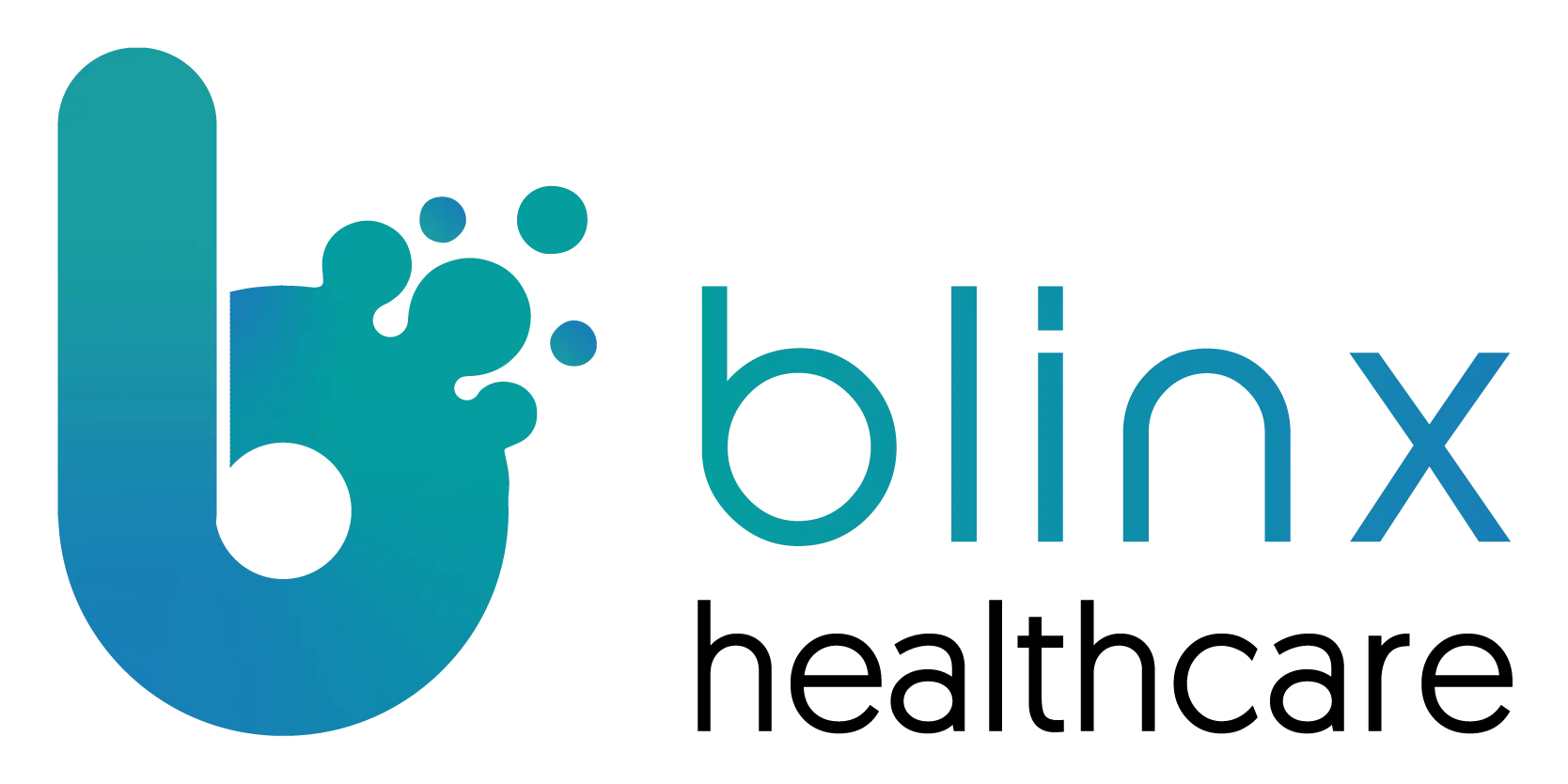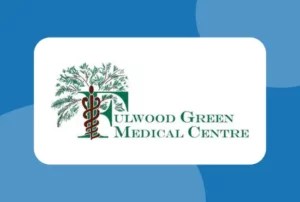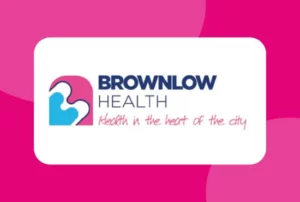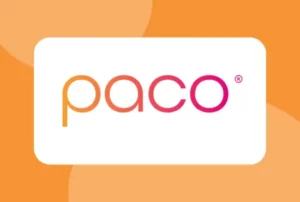Up to 3.5%
reduction in DNA rates through proactive patient engagement
£60,000+ Saved
in avoidable costs linked to missed appointments and lost capacity
Over 80 Days
of clinical time saved across two practices in just three months
Organisation Type
NHS GP Practices
Location
Practices Across the England
Key Features of PACO
-
Analytics
 Analytics
Analytics -
Comms Hub
 Comms Hub
Comms Hub -
Appointment Book
 Appointment Book
Appointment Book
The Challenge
The knowledge that more precious NHS time has been wasted by a patient making and not-attending an appointment or requesting a call only to let it go to voicemail. So frustrating. There’s also that tinge of guilt that you’re secretly delighted about because it gives you 15 minutes to get back on time, grab a brew and nip to the loo.
With practices overwhelmed with demand, every missed appointment is also time that could be spent helping colleagues, doing paperwork or seeing other patients. A single DNA does not allow a practice to recoup that time, however, as the next patient is often already in the waiting room.
Not only is this situation ridiculously frustrating for everyone involved but the lack of respect for healthcare workers’ time can have a real negative impact on the mental well-being of practice staff. DNAs have just become a fact of life for many healthcare workers. This is an annoying reality that just has to be accepted if you want to work in General Practice.

The Solution
Within PACO you can identify on the main dashboard within seconds of loading the page the top 5 patients with the highest DNA’s … Meaning you can then drill down into this information to see exactly what sessions they have DNA’d. The ability to filter and search by clinical codes and demographics gives powerful insight into the “who” and the “why”. You can also present these patients on a map to identify geographical areas for targeted interventions.
PACO doesn’t stop there, you can set a search up to identify patients whose DNA multiple times in a month and send comms out to them to educate them about the importance of attending their appointments. You can also proactively look ahead and see if the patients have any appointments in the future and plan to make contact with the patient ahead of the appointment to reduce the chance of the patient DNAing.
Impact & Benefits
Two practices took part in an initial pilot, reviewing DNA trends using PACO’s Capacity and Demand analytics over a three-month period, covering October and November. During this time, average DNA rates were calculated to establish a baseline, and the practices used this data to plan and implement more proactive engagement with patients.
Staff were assigned to monitor DNA activity regularly, focusing on patients who had missed appointments in the past and were due to attend again. This allowed teams to make direct contact – either to remind, rebook, or support patients in attending. Rather than reacting to missed appointments, practices could now act ahead of time, using PACO’s real-time dashboards and filtering tools to spot risks early and intervene.
As a result, both practices saw a clear drop in non-attendance. The shift to a more data-led and preventative approach not only freed up valuable clinical time but also contributed to smoother workflows and more consistent patient care.
Practice A: Small Practice
List Size: ~8,000 patients
Before PACO:
DNA rate: 2.7%
~280 missed appointments over 3 months
70+ clinical hours lost
Estimated cost: £7,000
After PACO:
DNA rate reduced to 1.8%
35 fewer missed appointments per month
9 hours saved
£1,000 per month cost savings
Practice B: Multi-Site Practice
List Size: 50,000+ patients
Before PACO:
DNA rate: 4.8%
2,800+ missed appointments over 3 months
590 clinical hours lost
Estimated cost: £59,000
After PACO:
DNA rate reduced by 3.5%
~200 fewer missed appointments per month
50 hours saved
£5,000 per month cost savings
Next Steps, Sustainability & Scalability
The proactive approach trialled with PACO is scalable across practices of varying sizes and demographics. As the tool is used more consistently, insights become more refined, and interventions more targeted. The system enables automation of patient identification, reminders, and communication—ensuring sustainability without overloading staff. Continued application of PACO’s insights can support a long-term reduction in DNA rates, preserving both time and resources in the NHS.
See PACO in Action
Ready to get started? We’ll show you exactly how PACO can fit your team.

Explore More Customer Stories
See how organisations like yours are using PACO to connect systems and improve patient care
















